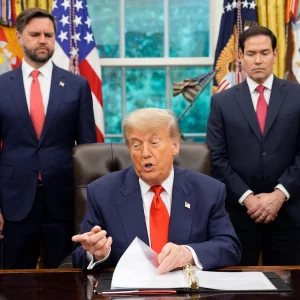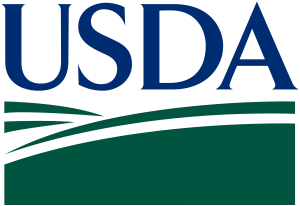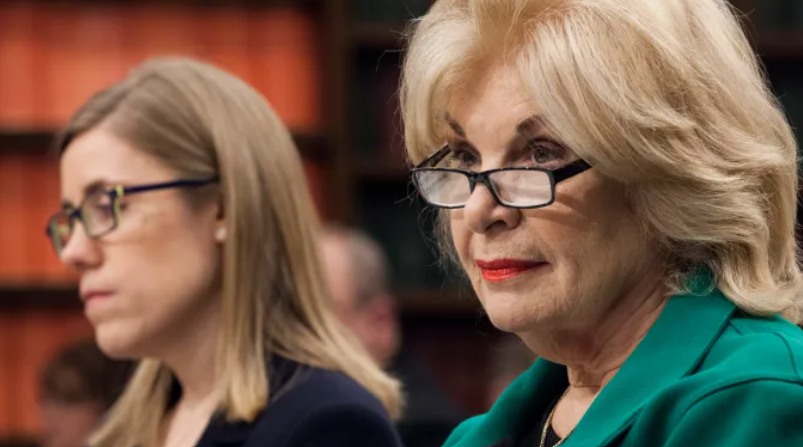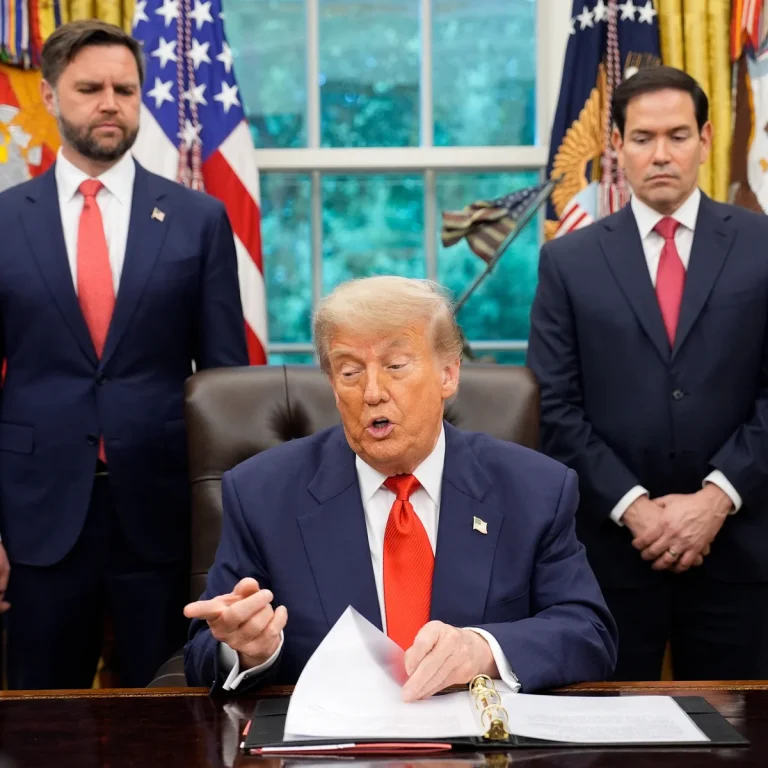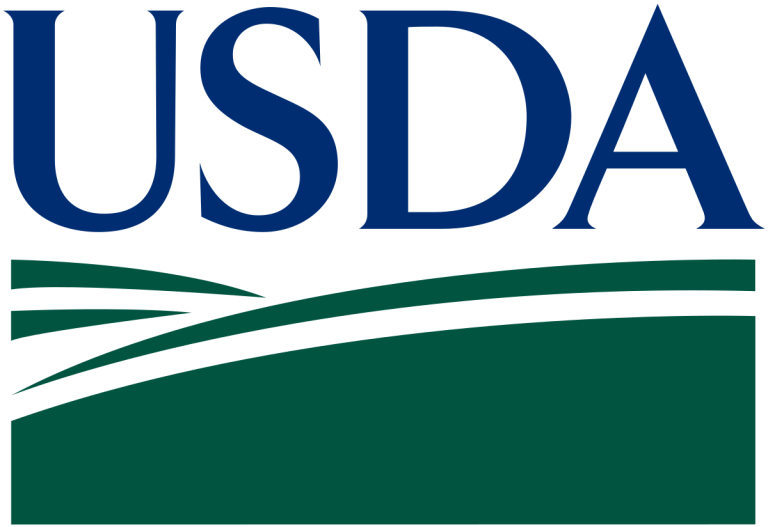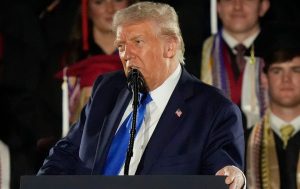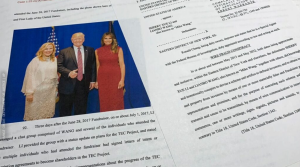Introduction
The Corporation for Public Broadcasting (CPB) announced it will shut down permanently after losing $1.1 billion in federal funding under a budget supported by former President Donald Trump. This move marks the end of decades of federal support for public media organizations such as PBS and NPR, deeply impacting local stations across the United States.
What Happened? The Funding Cut Explained
In late June, Congress passed a sweeping spending bill that reflected key Trump administration priorities. Among other changes, the bill rescinded $1.1 billion in funding previously allocated to the CPB. The legislation passed narrowly in both the House and Senate and was signed into law by President Trump on July 4.
The CPB has been the financial backbone of public media in America for over 50 years. It provides essential grants that enable PBS and NPR stations to upgrade technology, produce quality content, and maintain emergency broadcasting capabilities. The sudden funding cut means the CPB will no longer have the resources to continue its operations.
The Impact: What This Means for PBS, NPR, and Local Stations
With federal funding gone, the CPB announced it will begin laying off most employees by the end of the fiscal year on September 30. A small team will remain until January 2026 to manage final disbursements and oversee the shutdown.
PBS President Paula Kerger warned that these cuts will especially harm smaller stations and those serving rural areas. Many of these local outlets rely heavily on CPB grants to survive. While donations and corporate underwriting help, the loss of federal support will force difficult decisions regarding staffing, programming, and infrastructure.
The closure threatens to reduce public media’s ability to provide educational programming, emergency alerts, and community engagement — services many Americans count on daily.
CPB President Patricia Harrison Speaks Out
In a heartfelt statement, CPB President and CEO Patricia Harrison expressed deep regret about the shutdown:
“Despite the extraordinary efforts of millions of Americans who called, wrote, and petitioned Congress to preserve federal funding for CPB, we now face the difficult reality of closing our operations.”
Harrison underscored the significance of public media, calling it “one of the most trusted institutions in American life,” essential for education, civil discourse, and cultural connection nationwide.
Why Did Congress Cut Funding?
The budget bill reflected a broader shift in priorities under the Trump administration: deep tax cuts, increased spending for defense and immigration enforcement, and cuts to social programs like Medicaid. The removal of CPB funding fits within this framework, targeting what some policymakers see as non-essential government spending.
Supporters of the cut argue that public broadcasting should rely more on private funding rather than federal dollars. However, critics warn this approach risks widening the information gap, especially for underserved rural and low-income communities where alternative funding sources are scarce.
The Larger Picture: What This Means for Public Media’s Future
The CPB shutdown raises urgent questions about how public media will survive without federal support. Many PBS and NPR affiliates face a challenging road ahead. They will need to seek new revenue sources or reduce services, which could lead to fewer educational shows, less local news coverage, and weaker emergency broadcast capabilities.
The consequences will be most severe in rural and economically disadvantaged areas, where local stations often serve as vital community hubs.
Revelations and What Lies Ahead
Though the shutdown seems definitive, there are emerging discussions about potential state-level solutions or private partnerships to fill the funding void. Some media experts suggest that public media must adapt quickly to digital platforms and crowdfunding models to sustain operations.
Another revelation is the political motivation behind the cuts. The move was championed by Trump and his allies as part of a broader agenda to reshape federal spending and reduce government influence in media. This politicization of public broadcasting funding could lead to more uncertainty in the future.
Final Thoughts: The End of an Era
The CPB’s closure marks a historic turning point in American media. It ends a half-century of federal investment in public broadcasting, challenging the survival of PBS, NPR, and countless local stations. For millions of Americans, this change threatens to diminish access to trusted, quality programming that informs and educates communities nationwide.
As the shutdown unfolds, the public and policymakers alike will watch closely to see how public media reinvents itself — or whether it fades from the landscape altogether.

Emily Johnson is a critically acclaimed essayist and novelist known for her thought-provoking works centered on feminism, women’s rights, and modern relationships. Born and raised in Portland, Oregon, Emily grew up with a deep love of books, often spending her afternoons at her local library. She went on to study literature and gender studies at UCLA, where she became deeply involved in activism and began publishing essays in campus journals. Her debut essay collection, Voices Unbound, struck a chord with readers nationwide for its fearless exploration of gender dynamics, identity, and the challenges faced by women in contemporary society. Emily later transitioned into fiction, writing novels that balance compelling storytelling with social commentary. Her protagonists are often strong, multidimensional women navigating love, ambition, and the struggles of everyday life, making her a favorite among readers who crave authentic, relatable narratives. Critics praise her ability to merge personal intimacy with universal themes. Off the page, Emily is an advocate for women in publishing, leading workshops that encourage young female writers to embrace their voices. She lives in Seattle with her partner and two rescue cats, where she continues to write, teach, and inspire a new generation of storytellers.


